Białobrzegi County
7.22
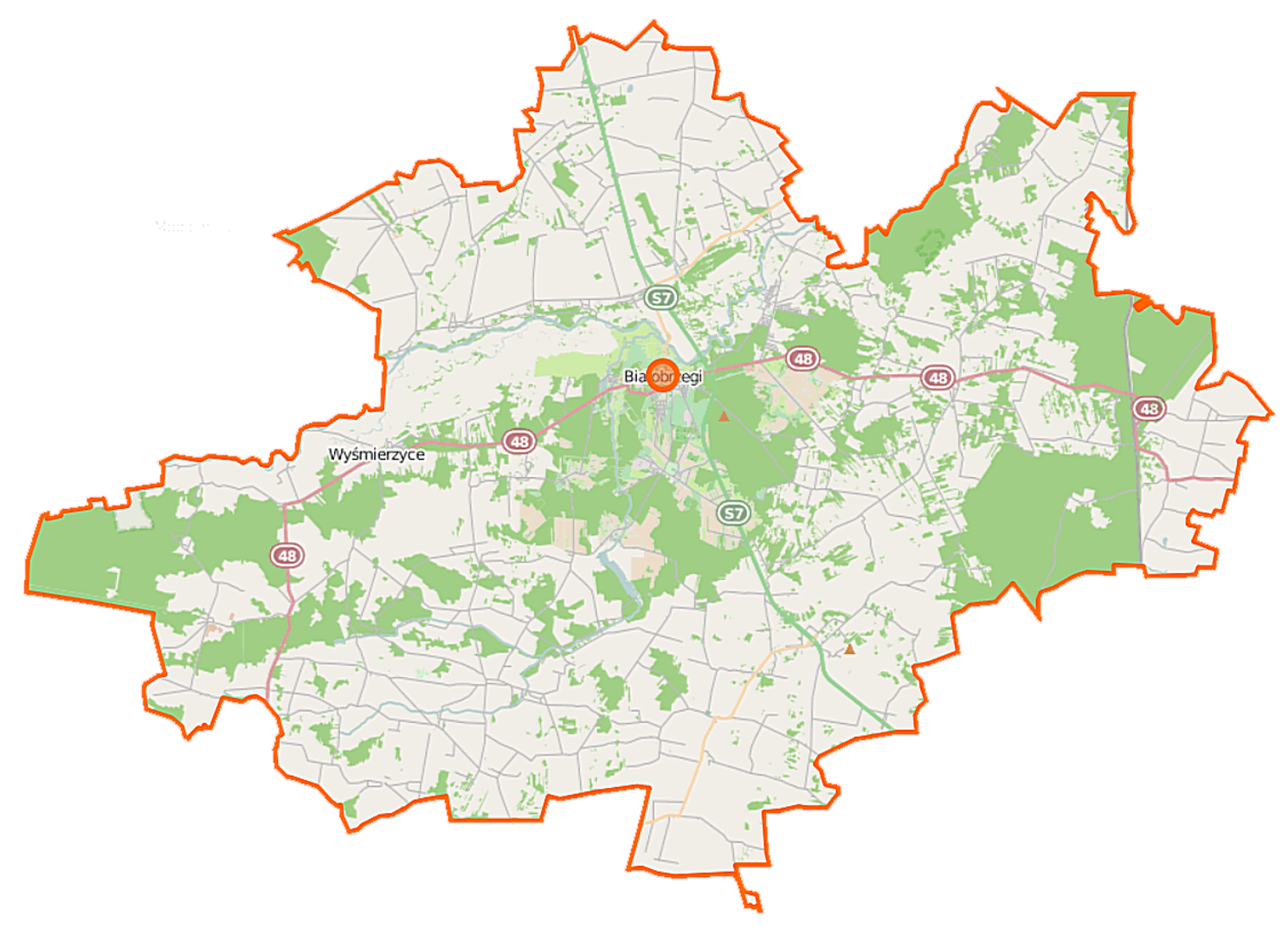
Overview
Białobrzegi County, located in the southwestern part of the Masovian Voivodeship, was reestablished in 1999 as a result of administrative reform. Its seat is the town of Białobrzegi, which regained its town rights in 1958 after losing them earlier in 1870. This county is characterized by the smallest budget in the Masovian Voivodeship; in 2013, expenditures amounted to PLN 28.22 million, while revenues were PLN 28.57 million. Białobrzegi County includes urban-rural municipalities (Białobrzegi and Wyśmierzyce) and rural municipalities (Promna, Radzanów, Stara Błotnica, and Stromiec), as well as the towns of Białobrzegi and Wyśmierzyce. The history of the county dates back to 1956, when, after numerous socio-administrative reforms, a set of units was created, which gained a new organization within the framework of gromadas (rural administrative units). In 1975, the county was abolished, and its territory became part of the newly established Radom Voivodeship. The new administrative structure introduced in 1999 restored Białobrzegi County within the borders of the Masovian Voivodeship, and its administrative structure remained similar to that before the 1975 reform. The county is also known for its rich history, with interesting facts related to the administrative affiliations of its areas and territorial changes. Despite its small size, Białobrzegi County is a space of cultural significance with local traditions. Demographically, according to data from 2019, the county was inhabited by 33,410 people, indicating population stability in this region. The starosts (county administrators) of Białobrzegi have played a significant role in managing local affairs, with Andrzej Wiśniewski holding the office until 2006, and currently, Sylwester Korgul has been serving since 2018. The county borders other administrative units, such as Grójec County, Kozienice County, Przysucha County, and Radom County, which influences its socio-economic development. It is also worth noting the architecture of local buildings and monuments, which reflect the history of the region.
Location
State
Masovian Voivodeship
Country
You can also find here:
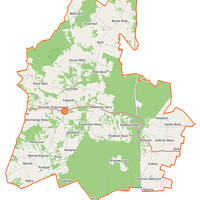
Stromiec
6.96
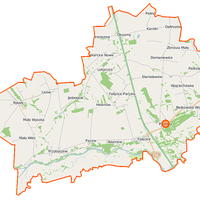
Promna
6.85
Jedliński Deanery

Old Błotnica
6.74

Jedliński Deanery
6.42
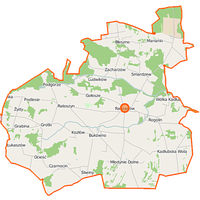
Radzanów
6.32
Jedliński Deanery

Wyśmierzyce
6.28
Jedliński Deanery

Białobrzegi
6.24

St. John the Baptist Parish in Stromiec
6.23

The Parish of the Nativity of the Blessed Virgin Mary in Stara Błotnica
6.17
Jedliński Deanery
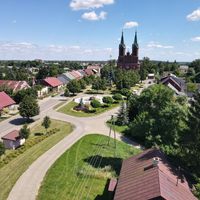
Przybyszew
6.16
Jedliński Deanery
2025 Wizytor | All Rights Reserved